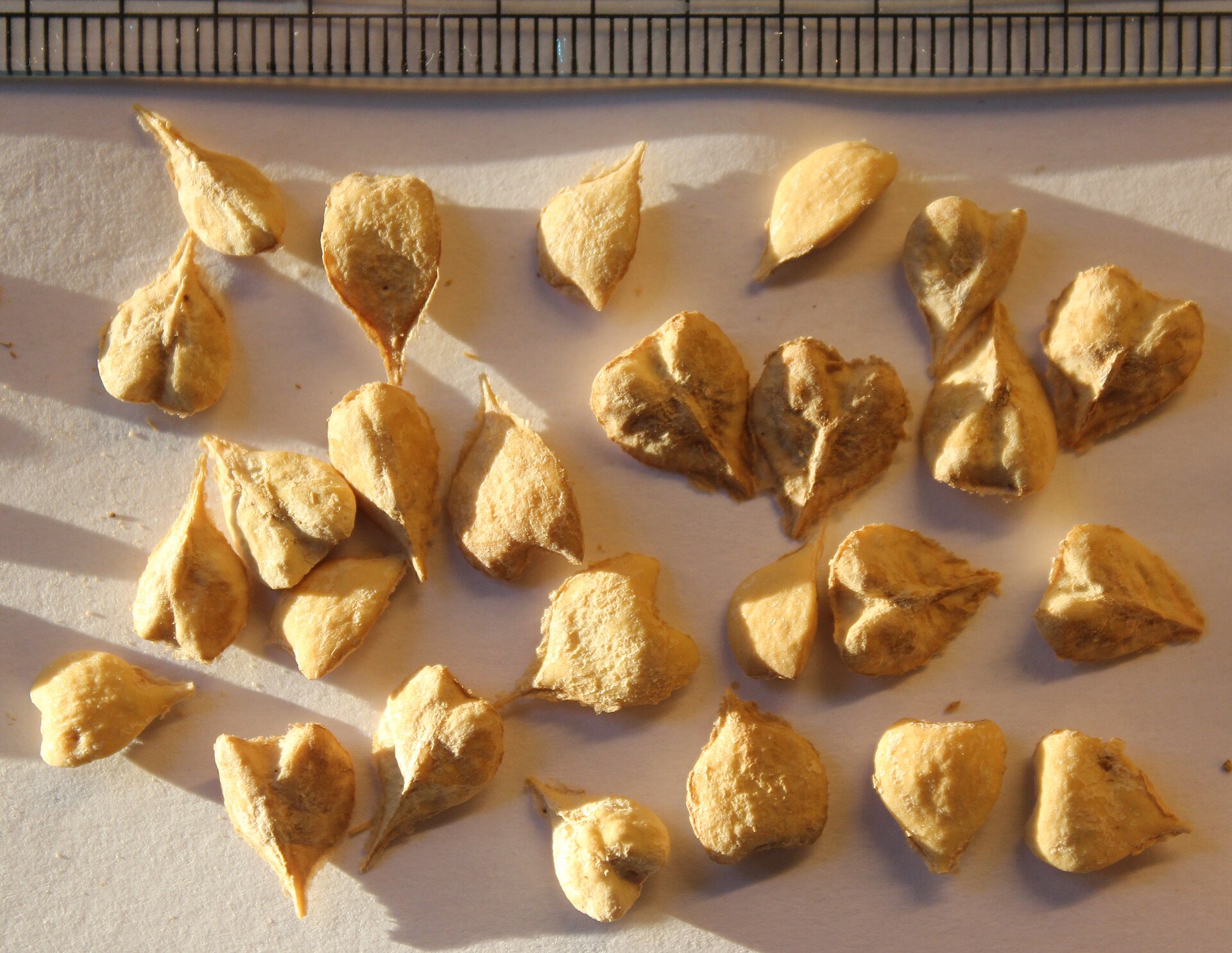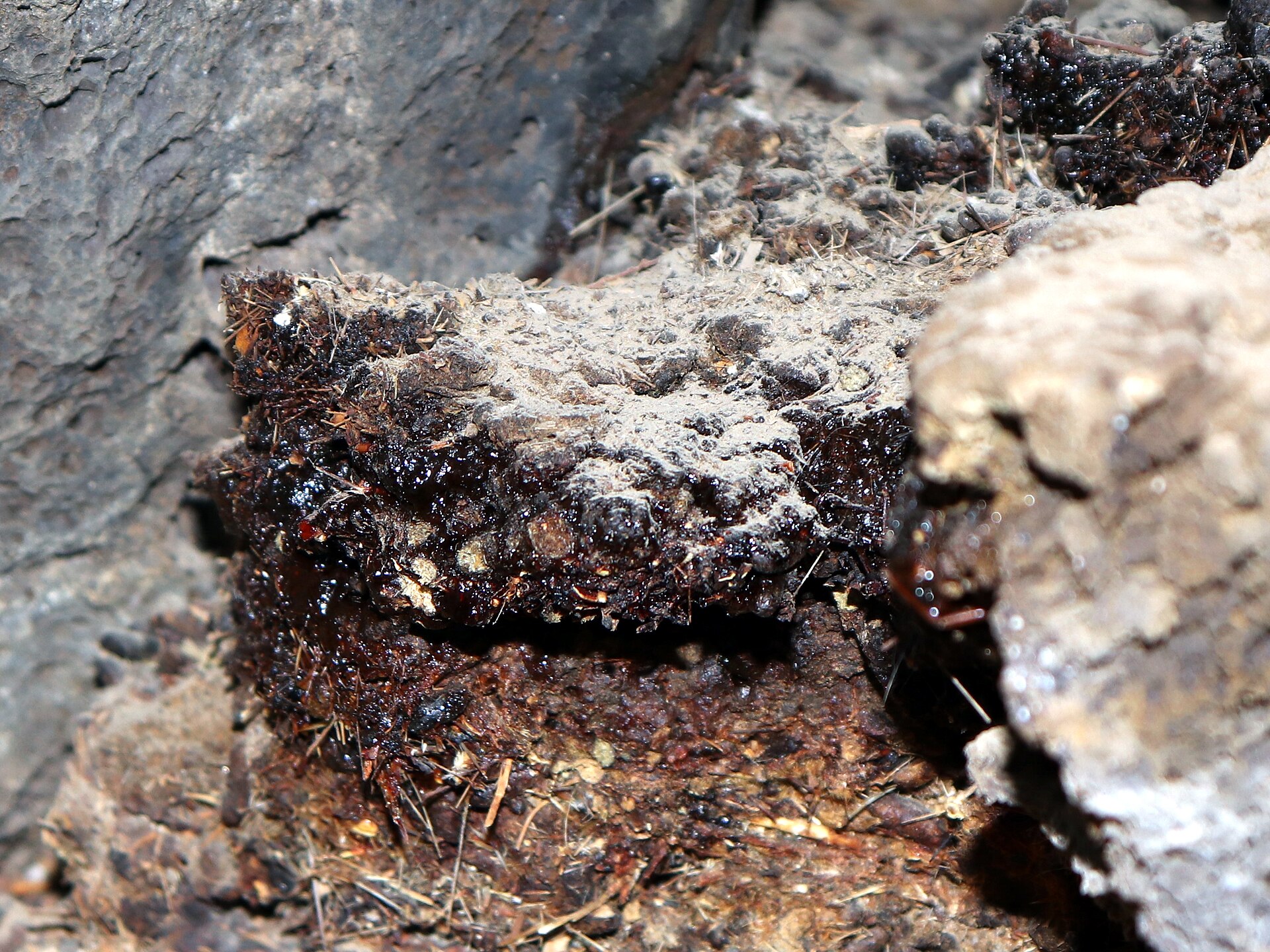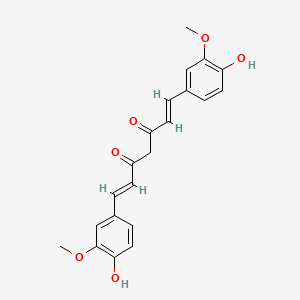


Cabergoline is a dopamine receptor agonist derived from ergot alkaloids. It is used to inhibit prolactin secretion, making it effective for treating hyperprolactinemia, prolactinomas, and Parkinson’s disease. It is a long-acting dopamine D₂ receptor agonist that suppresses prolactin production by binding to dopaminergic receptors in the pituitary gland. Cabergoline contains NLT 98.0% and NMT 102.0% of cabergoline, calculated on the anhydrous basis for the crystalline form and on the anhydrous and solvent-free basis for the amorphous form. 1-Ethyl-3-[3-(dimethylamino)propyl]-3-[[(6aR,9R,10aR)-7-(prop-2-enyl)-4,6,6a,7,8,9,10,10a-octahydroindolo[4,3-fg]quinolin-9-yl]carbonyl]urea, corresponds to Cabergoline and 1-[(6-Allylergolin-8β-yl)-carbonyl]-1-[3-(dimethylamino)propyl]-3-ethylurea is an alternative representation of its chemical structure.


Cabergoline is a dopamine receptor agonist derived from ergot alkaloids. It is used to inhibit prolactin secretion, making it effective for treating hyperprolactinemia, prolactinomas, and Parkinson’s disease. It is a long-acting dopamine D₂ receptor agonist that suppresses prolactin production by binding to dopaminergic receptors in the pituitary gland. Cabergoline contains NLT 98.0% and NMT 102.0% of cabergoline, calculated on the anhydrous basis for the crystalline form and on the anhydrous and solvent-free basis for the amorphous form. 1-Ethyl-3-[3-(dimethylamino)propyl]-3-[[(6aR,9R,10aR)-7-(prop-2-enyl)-4,6,6a,7,8,9,10,10a-octahydroindolo[4,3-fg]quinolin-9-yl]carbonyl]urea, corresponds to Cabergoline and 1-[(6-Allylergolin-8β-yl)-carbonyl]-1-[3-(dimethylamino)propyl]-3-ethylurea is an alternative representation of its chemical structure.

.3d8f8f41.svg)
Pharmaceutical
.3556d45a.svg)

Pharmaceutical Actives & Precursors


Intermediates & Precursors
Included in Quote
Included in Quote
Included in Quote
Included in Quote
.7767eb0f.png)

Chemical Properties & Specifications
Used for hyperprolactinemia, prolactinomas, and Parkinson’s disease
Helps suppress excess prolactin secretion in patients with hormonal imbalances.
It is used to treat conditions caused by high prolactin levels, such as menstrual problems, infertility, and prolactinomas.
Cabergoline is a dopamine agonist that mimics dopamine and reduces prolactin secretion in the pituitary gland.
Common side effects include nausea, headache, dizziness, and fatigue.
Consult a healthcare provider, as it should only be used during pregnancy if medically necessary.
The duration varies per patient, follow your doctor’s instructions for length of use.
It is usually taken twice weekly with or without food, as directed by a doctor.
Avoid alcohol, driving, or operating machinery until you understand how it affects you.
Prolactin levels typically decrease within 3 hours of dosing, with effects lasting up to 2 weeks.
UNII-LL60K9J05T KEGG Drug ID- D00987 ChEBI ID- 3286 ChEMBL ID- 1201087

CAS No. : 97952-72-2
Category : Nutraceutical Ingredients
Sub-Category : Herbal Extracts
Description: Boswellia Serrata Extract standardized to 65% boswellic acids is a potent anti-inflammatory herbal e...

CAS No. : 13185-33-4
Category : Nutraceutical Ingredients
Sub-Category : Mineral Extracts
Description: Shuddha Shilajit is a purified and concentrated dry extract derived from natural exudates found in h...

CAS No. : 458-37-7
Category : Nutraceutical Ingredients
Sub-Category : Plant Extracts
Description: Curcumin 95% is a standardized turmeric extract derived from the rhizomes of Curcuma longa, enriched...

CAS No. : 90147-43-6
Category : Nutraceutical Ingredients
Sub-Category : Herbal Extracts
Description: Ashwagandha Extract standardized to 5.0% withanolides is a high-strength adaptogen sourced from the ...
